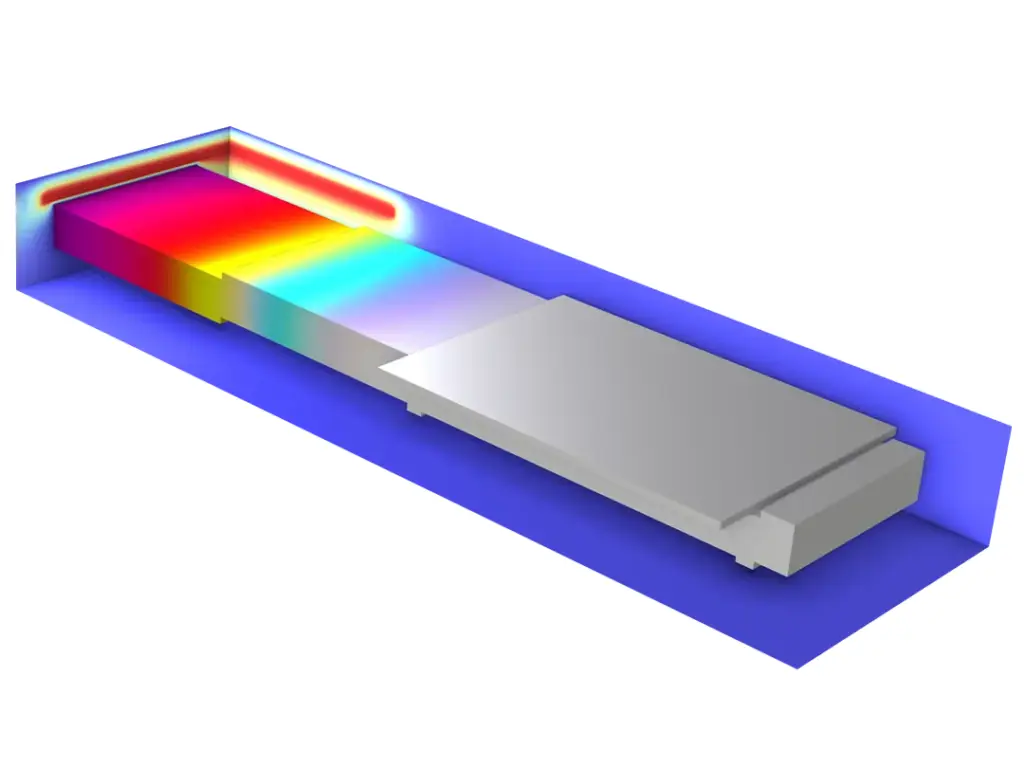Micro-Electro-Mechanical Systems (MEMS)
- Taught by Peter Yakubenko
- This course is part of the following academic programs:
This course is dedicated the basics of micro-electro-mechanical systems modeling. It contains a general and detailed description of the concepts, methods and tools available for the modeling of micro-electro-mechanical systems, including all the necessary theoretical background.
It also lists and describes the relevant phenomena that influence the behavior of micro-electro-mechanical systems. In addition, we address the couplings in micro-electro-mechanical systems. For this, we describe in detail the modeling of the different relevant phenomena that influence the behavior of micro-electro-mechanical systems: electromechanics, piezoelectric effect, piezoresistive, electrostrictive and ferroelectroelastic effects, thermoelastic and fluid film damping, bidirectional fluid-structure interaction (FSI) and hygroscopic swelling.
We will also include the modeling of important applications of micro-electro-mechanical systems, such as actuators, sensors, gyroscopes, accelerometers, quartz oscillators, resonators, microfluidic devices, etc.
- Micro-Electro-Mechanical Systems
-
- Introduction to Micro-Electro-Mechanical Systems Modeling.
- Description of the relevant phenomena in micro-electro-mechanical systems.
- Micro-Electro-Mechanical Effects and Applications
- Electromechanics. Piezoelectric effect.
- Piezoresitive, electrostrictive and ferroelectroelastic effects.
- Thermoelastic and thin-film damping.
- Bidirectional fluid-structure interaction (FSI).
- Hygroscopic swelling.
- Applications.
